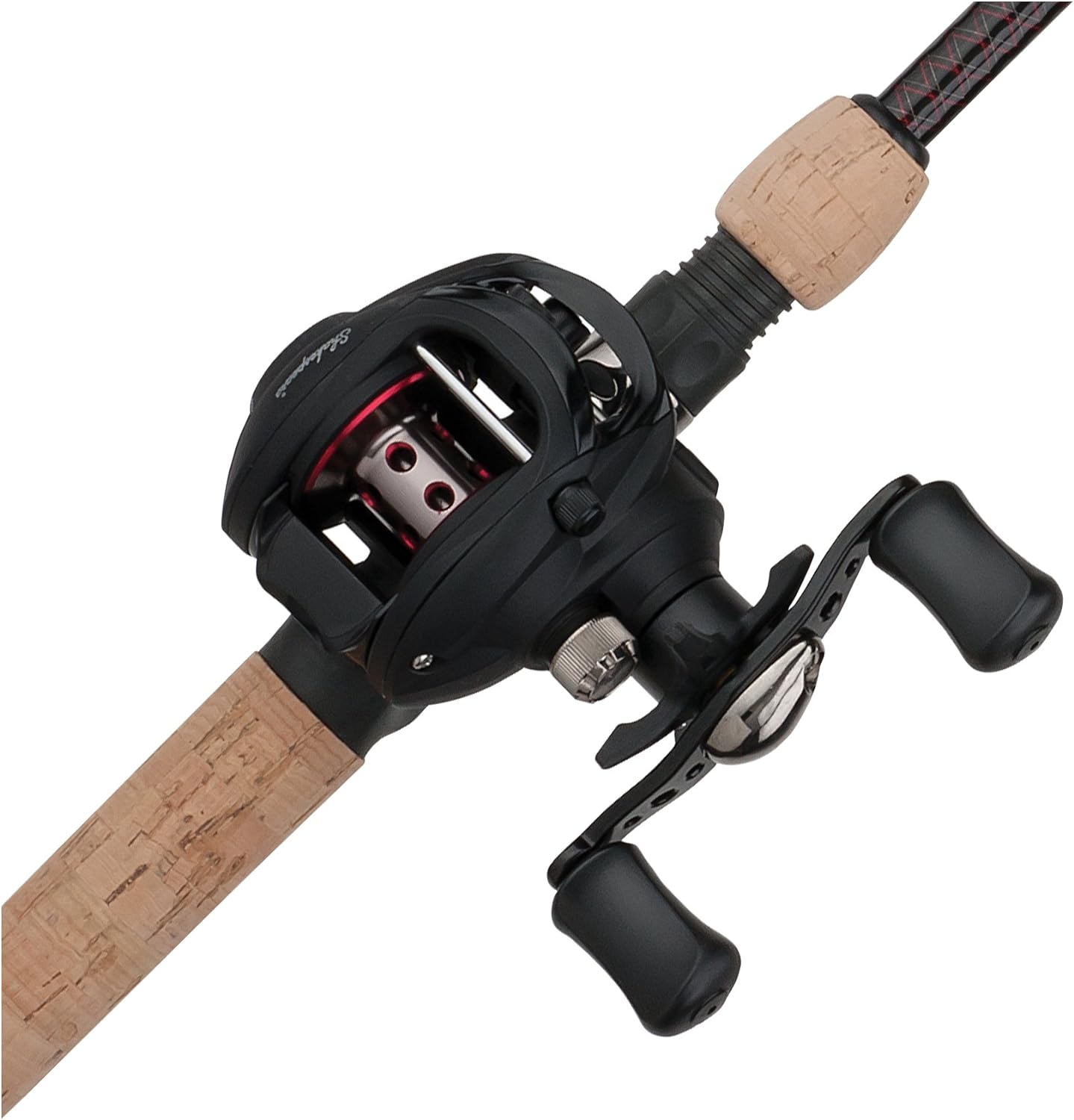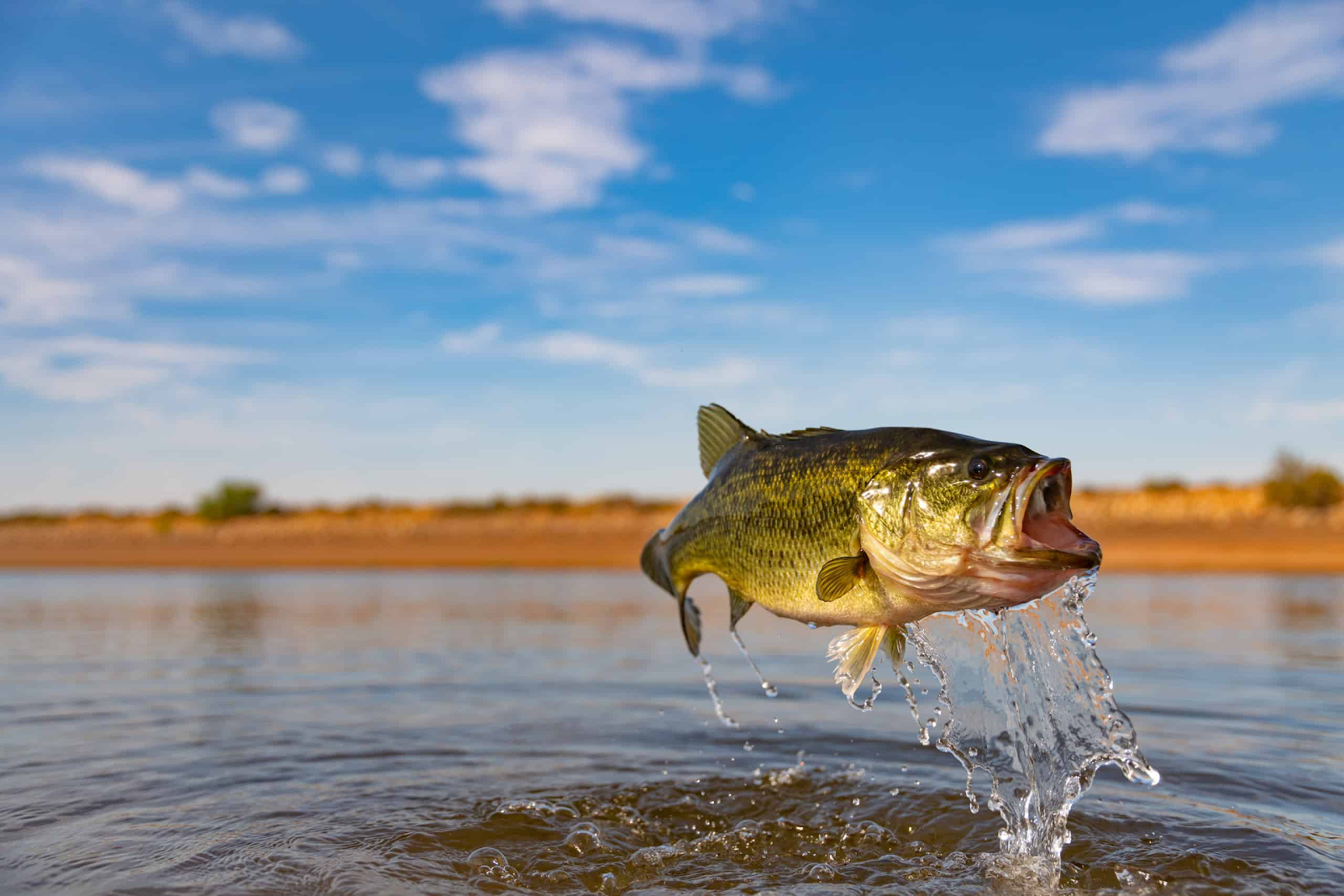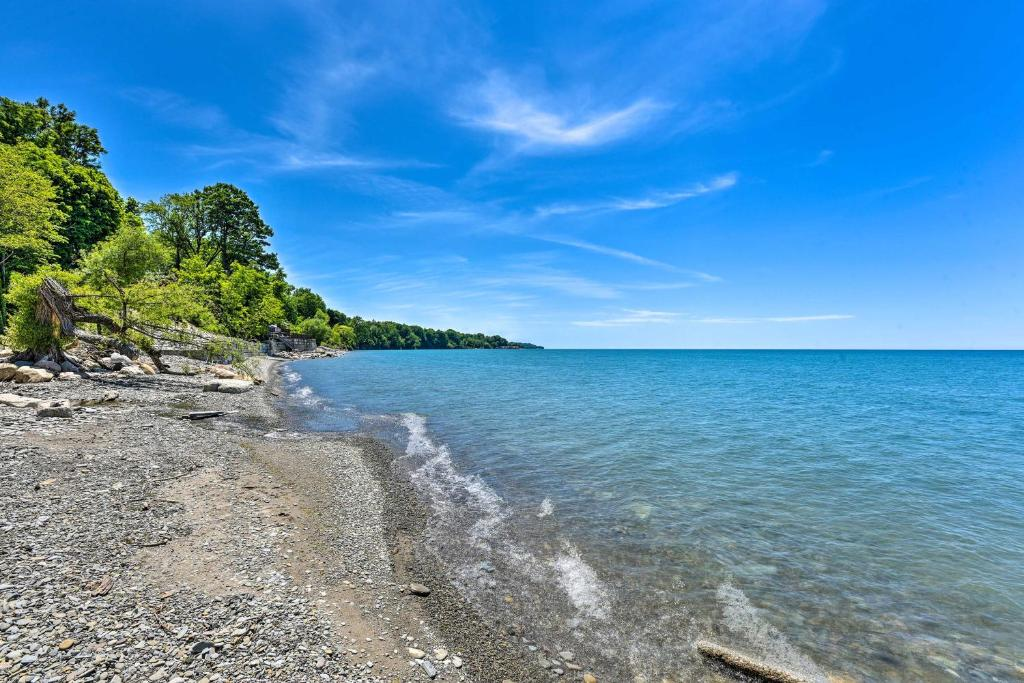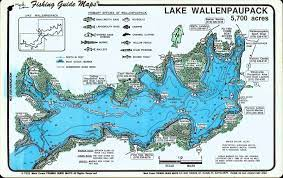Nestled within the heart of Pennsylvania, the Juniata River winds its way through picturesque landscapes, weaving tales of the past and reflecting the region's rich history. As a vital waterway that has shaped the lives of generations, the Juniata River stands as a testament to the resilience and spirit of the communities it touches. In this blog post, let's embark on a journey through time, exploring the fascinating history of the Juniata River in Pennsylvania.
1. Early Inhabitants and Exploration
Long before European settlers arrived, the Juniata River Valley was inhabited by Native American tribes such as the Shawnee and Susquehannock. These indigenous peoples relied on the river for sustenance, transportation, and trade. With the arrival of European explorers and traders in the 17th century, the Juniata River became a vital route for early exploration and commerce, connecting the interior of Pennsylvania to the larger colonial settlements.
2. Role in the American Revolution
During the American Revolution, the Juniata River played a strategic role in military campaigns. The river's navigable waters facilitated the movement of troops and supplies, making it a crucial artery for both American and British forces. Battles and skirmishes occurred along its banks, leaving behind stories of bravery and sacrifice that are still remembered today.
3. Industrialization and Economic Growth
In the 19th century, the Juniata River Valley witnessed the rise of industry and transportation. The construction of the Pennsylvania Canal and later the Pennsylvania Railroad transformed the region into an economic powerhouse. The Juniata River became a vital link in the transportation network, facilitating the movement of coal, timber, and other resources to markets beyond the region. Towns and cities flourished along its shores, fueled by the industries that sprang up in its vicinity.
4. Environmental Conservation and Recreation
As the 20th century unfolded, a growing appreciation for the natural beauty of the Juniata River led to conservation efforts to protect its scenic landscapes and diverse wildlife. Today, the river is not only a source of pride for local communities but also a popular destination for outdoor enthusiasts. Kayakers, anglers, and nature lovers flock to the Juniata River to experience its serene waters and abundant wildlife, preserving the legacy of the river for future generations.
5. Cultural Heritage and Community
Beyond its historical and ecological significance, the Juniata River is a cultural symbol, woven into the fabric of the communities along its path. Local traditions, festivals, and art reflect the influence of the river on the lives of the people who call its banks home. The Juniata River continues to inspire artists, writers, and musicians, serving as a muse for creative expression.
Conclusion: A Living Legacy
The Juniata River in Pennsylvania stands as a living testament to the enduring spirit of the people who have depended on its waters throughout history. Its journey from the past to the present is a tale of resilience, adaptation, and appreciation for the natural world. As we paddle along its gentle currents or stroll along its scenic banks, we are not just exploring a river but connecting with the rich tapestry of history that has shaped the Juniata River into the cherished waterway it is today. Let us continue to honor its legacy, preserving its beauty and significance for generations yet to come.





















